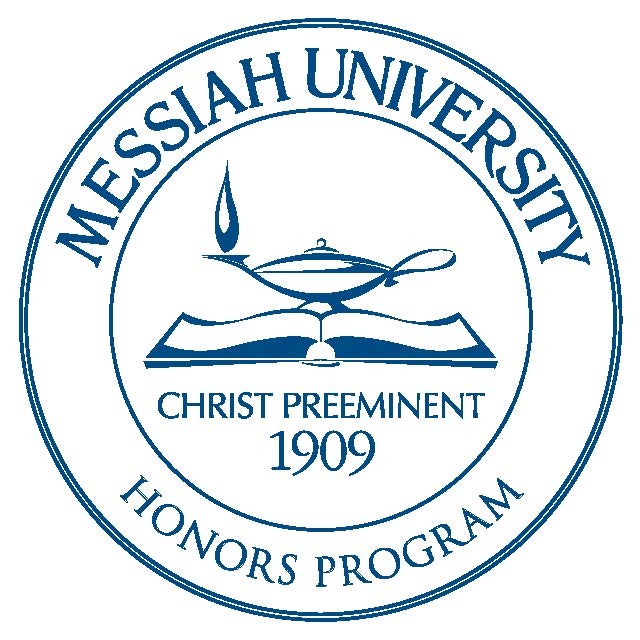Date of Award
3-2014
Document Type
Thesis
Department
Chemistry and Biochemistry
Abstract
A viable pathway toward the synthesis of the benzyl pyrone 6-benzyl-4-hydroxypyran2-one, a key precursor to the secondary metabolite natural product aspernigrin A, 6- benzyl-4-oxo-1,4-dihydropyridine-3-carboxamide, has been realized and partially optimized. This benzyl pyrone is the hinge point of the retrosynthetic plan that guides many of our schemes, which is predicated on the construction of a benzyl pyridone from the commercially available pyrone 4-hydroxy-6-methyl-2-pyrone. Synthesis of the benzyl pyrone relies on the Stille palladium catalyzed cross-coupling reaction of the bromopyrone 6-(bromomethyl)-4-methoxy-pyran-2-one with tributylphenylstannane, a reaction which is yet to be studied in our lab. The protection, oxidation, and reduction of the starting material 4-hydroxy-6-methyl-2-pyrone have been established at moderate yield and purity (50 – 60% pure yield) in preparation for the allylic bromination that precedes formation of the benzyl pyrone. These early steps of the pathway have been developed using the partially water-soluble methyl ether protecting group at the 4-hydroxy position, with tertbutyldimethylsilylether as an auspicious alternative barring issues of hydrolysis on silica gel. The bromopyrone, as prepared from the appropriate allylic alcohol 6- (hydroxymethyl)-4-methoxypyran-2-one, has been observed by GC-MS. The yield and purity of the Appel allylic bromination could not be assessed due to the inseparability of triphenylphosphine oxide from the bromopyrone. Alternative methods to the allylic bromination that may increase the yield, purity, and reactivity of the pyrone will be explored in anticipation of the Stille coupling. The most promising of these include tosylation and triflation.
Recommended Citation
Sharber, Seth A. and Reeve, Anne M., "Toward the Synthesis of Aspernigrin A Precursor 6-Benzyl-4- hydroxypyran-2-one: Optimization and Cross-Coupling Strategies" (2014). Honors Projects and Presentations: Undergraduate. 207.
https://mosaic.messiah.edu/honors/207


